Ant - agent/network intelligence
ants optimizing paths on a network
Why operation efficiency?
The closest path facing the warehouse fullfilling the most valuables tasks
optimization engine requirements
Delivery based, routific: * Long deviations * Skipped tasks * Unclear priorities

problems with routific
No resuming, everytime a new simulation
open source software suite for optimization
or-tools solutions
Many crossing Incomplete vans, long trajectories:
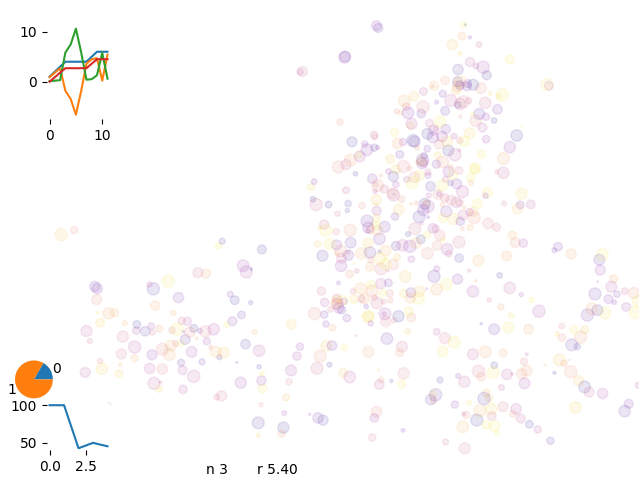 in house optimization engine
in house optimization engine
Step by step task assignement
Path like polymers

PhD defense – computational biophysics 2012
Ludewa/Tanzania - 2013

Electrical line design to connect households to the new power plant
From detailed street network to an efficient graph
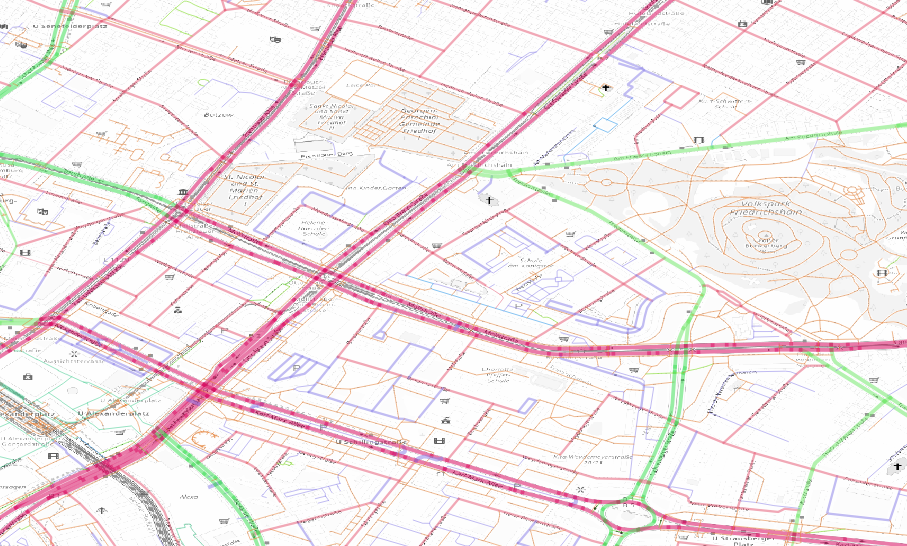 Subset, connect, simplify, subgraph, check
directions…
Subset, connect, simplify, subgraph, check
directions…
Weight every segment

Maxspeed, streetclass, length, junctions
Checking routes

checking routes
Good correlation between spot2spot routes in graphs and air distance
Osrm – open street routing machine
Subset the city in geohashes (~70m)
routing information
Calculate all pair distances and build a lookup database
pair relationship database
Sum up tasks in the same geohash
graph edges kept
Keep only neighbor connections between tasks
Ant/colony
an ant per loop, iterate over the
network
energy
definition
Energy: * +separation * +task value * - area * - task time * - tot distance
An ant connecting each task
antani concept

optimize sequences
Single random move

energy evolution
Asyntotic energy and move acceptance rate evolution
Transition probabilities, limit links
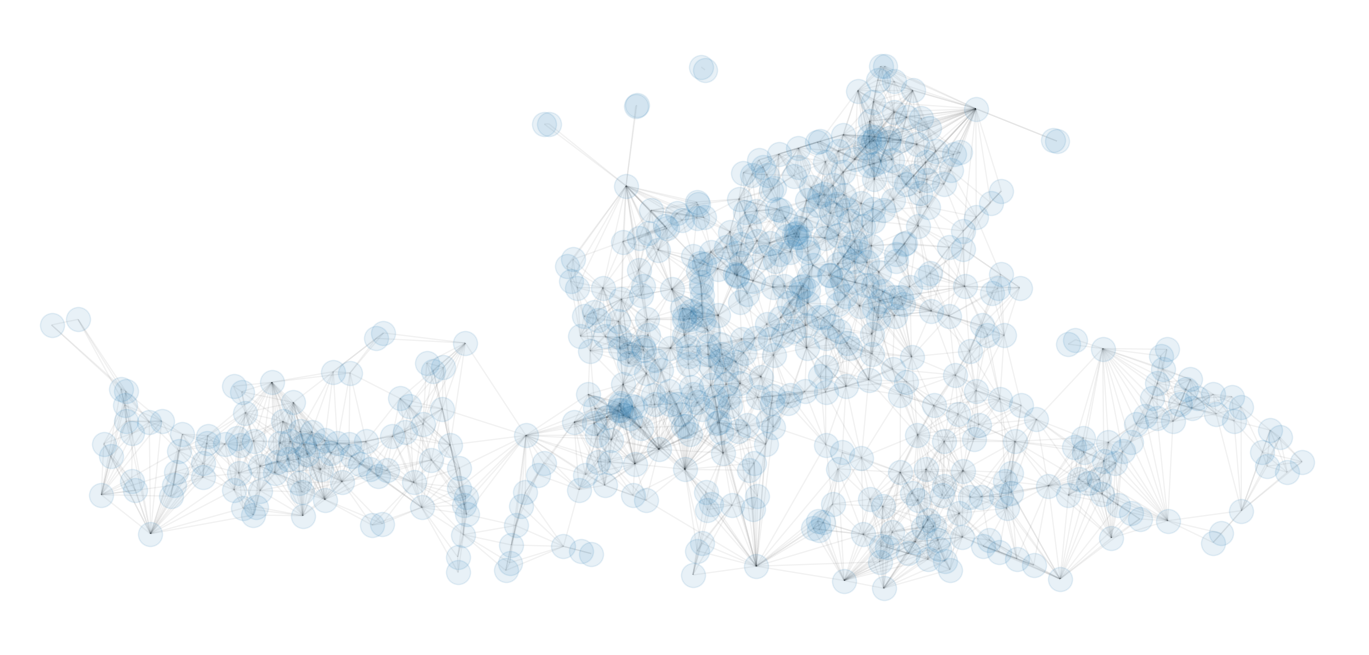 markov chains
markov chains
We limit the possible moves leaving the most probable
single, Markov, distance, extrude
move selection
Spot selection according different probabilities

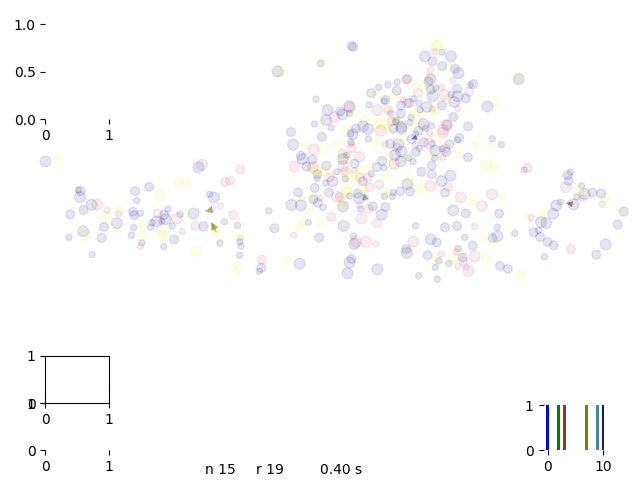
Single move, routific optimization, Markov chain, extrusion, grand canonical…

Early simulations were too slow
scoring

kpi comparison
+completion + revenue – distance - time
Improve acceptance
reinforce moves
Single agent reinforcement is too slow and chaotic
Improve with real data
posterior probabilities
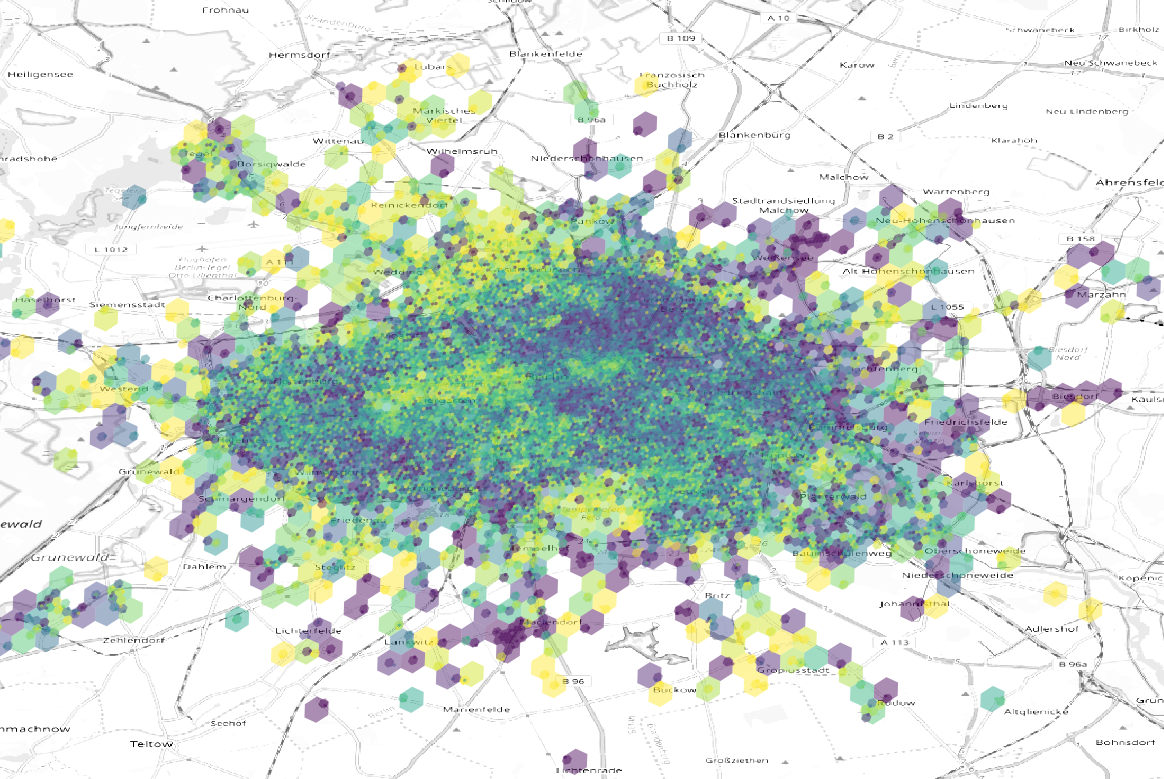
demand forecast
Backbone +microservices
engine design
Docker, flask, redis,celery
antani infrastructure
Client – broker/worker design
OpenLayers, d3, ajaxDocumentation
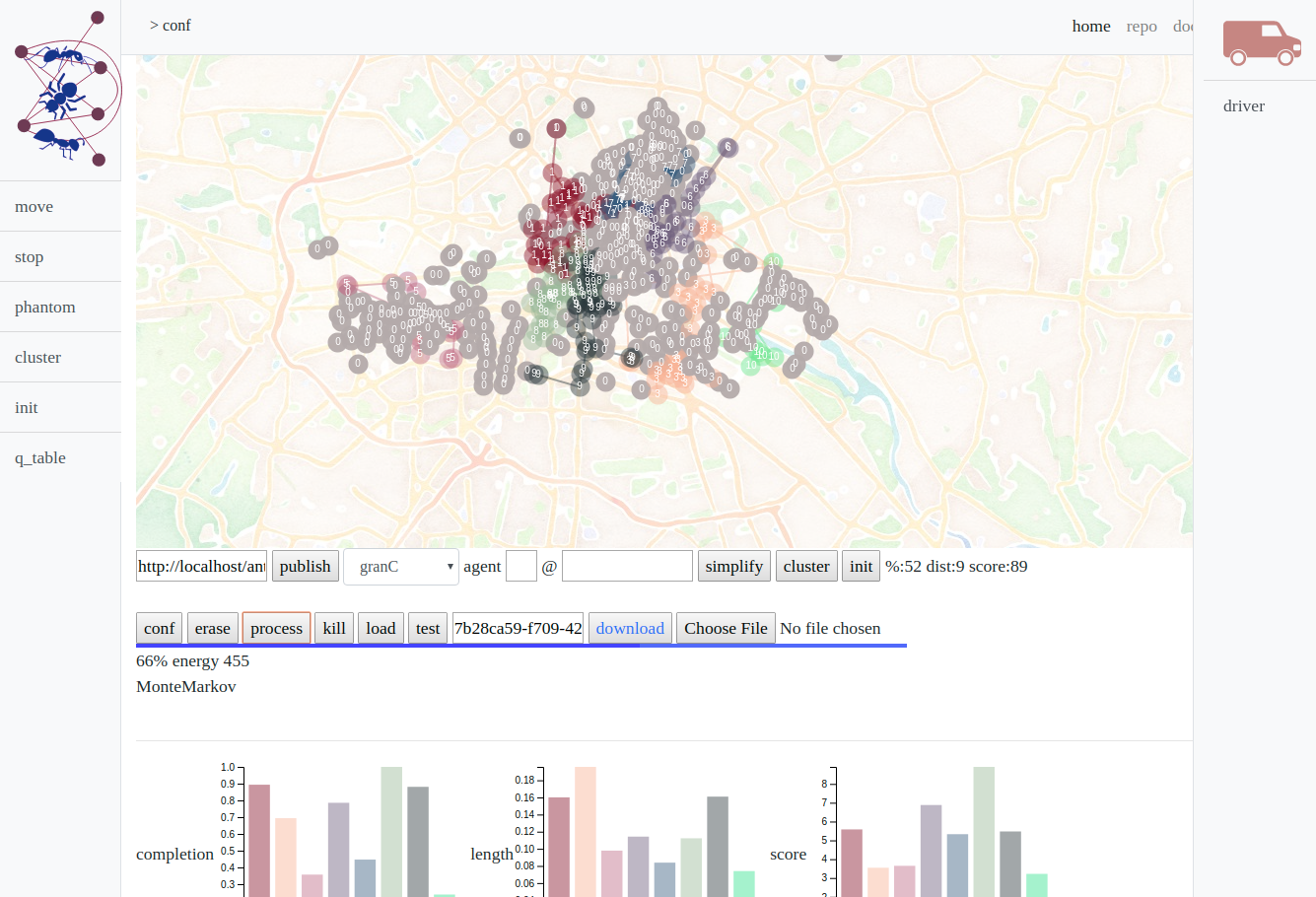 antani frontend
antani frontend
module mallink
library ecosystem
…started in 2006
Circ – fleet engine team Carlo Mazzaferro – productization of antani
We describe a probability distribution via its moments μ⃗
p(x⃗;μ⃗)
We have a system x⃗ where each x is in a certain state s. We define a energy function which depends on the states of system and a set of parameters θ. In our case the system is a series of field tasks on a map and the state is the agent who is fulfilling the task.
The energy of the system is the sum of the revenue per task minus the cost: task time and path length. The parameter set θ defines the revenue and cost factor + external factors (temperature T, traffic time h,…). Ideally we will express the parameter set in terms of external factors θ(T,h) or change the metric (distance) of the system d(T,h)
Ea(x⃗|θ) = ns ⋅ rs − cd ⋅ da − ns ⋅ ts
where ns is the number of spots, rs the total revenue per spot, ts is the total operation time, da the distance of that agent.
The probability distribution for a certain state and parameter follows the Boltzmann distribution
$$ p(|) exp(-E()/kT)
Target probability distribution
$$ p(\vec{x}) = \frac{w(\vec{x})}{Z} = \frac{1}{Z} \prod_c \phi_c(x)$$
estimator
$$ \frac{1}{T} \sum_{t=1}^{T} \phi(\vec{x}) \qquad E_{p(x)}|\phi(x)| = \sum_x p(x)\phi(x) $$
From the state x⃗ we create a state x⃗′ where we create a sample xj → xj′, basically: x⃗′ = x1, x2, ..., xj′, ..., xn
$$ p(x) = \frac{exp(E(x)/T)}{Z} $$
$$ A(x'|x) = min(1,p(x')/p(x)) = min(1,exp(\frac{ E(x') - E(x)}{T})) $$
We want to calculate the posterior probability doc which is the probability of a parameter set θ from a given state X
$$ p(\theta|x) = \frac{l(x|\theta)p(\theta)}{p(x)} $$
where l(x|θ) likelihood, p(θ) prior, p(x′|x) the probability to move from state x to state x′ and p(X) normalization factor
p(X) = ∫dθ * p(X|θ*)p(θ*)
The likelihood is about finding the momenta of the distribution for a given data set (usually via regression), the probability distribution is the theoretical distribution for the system (independent on the data acquired). In a correct sampling the two match.
proposal distribution p(x) - target distribution g(x) p(θ|X)
Step increment θ′ = θ + Δθ
$$\rho = \frac{g(\theta'|X)}{g(\theta|X)} \qquad \rho = \frac{p(X|\theta')p(\theta')}{p(X|\theta)p(\theta)}$$
sampling from probability from a state x doc
xπ̃(x)
High dimensional computing (over all states)
c = E[f(x)] = ∫π(x)f(x)ds
optimization
x * = argmaxπ(x)
Learning and Bayesian hierarchical modeling for a given parameter set Θ
$$ \Theta * = argmax l(\Theta) ; l(\Theta) = \sum_{i=1}^{n} log p(x_i;\Theta) $$
